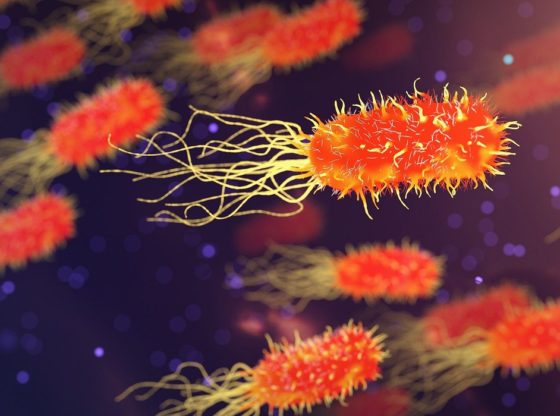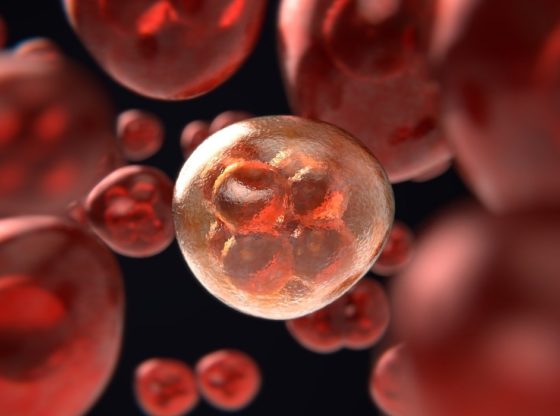Researchers have found a method that they believe can be used to target metastatic tumor cells, in cancer patients.
The method would be much more targeted and accurate than treatments available today. Since the substances used in chemotherapy are very toxic, the more accurately you can target metastatic tumor cells, the rest of the body will be less exposed to these harmful substances.
Cancer spread with metastases and the spread of cancer cells determines the seriousness of a cancer diagnosis, with over 90 percent of deaths in cancer directly caused by metastases.
But the metastases are hard to find. Among other things, they spread to internal organs like the liver and lungs. They are also very difficult to treat.
A new study by an international research team describes a new method that makes use of the connective tissue surrounding metastases. This connective tissue is more rigid than for other cells.
The researchers used chemical tools to produce targeting cells that respond to these stiff areas around metastases in particular.
We combined positively charged peptide amphiphile molecules with oppositely charged immunostimulatory oligodeoxynucleotides (CpG ODNs) to obtain one-dimensional (nanofibers) and zero-dimensional (nanospheres) self-assembled virus-like nanostructures.
When the targeting cells attach to and recognize the stiff areas, a cellular cargo of chemotherapy substances is released, able to kill the metastasis cell.
The versatility of the peptide nanosystems can enable the engineering of nanostructures to carry viral, bacterial or tumoral antigenic peptides. Delivering antigenic peptide and CpG ODN adjuvant in close proximity would also increase the efficiency of these nanofibers for inducing robust antigen-specific humoral and cellular immune responses.
The researchers have successfully tested their method on mice with metastases of breast cancer. Even so, there is a long way to go with more clinical testing until the treatment could become available for human patients.
Reference:
Linan Liu et al. Mechanism responsive stem cells to target cancer metastases through biophysical cues. Science Translational Medicine July 26, 2017. DOI: 10.1126 / scitranslmed.aan2966












![OpenAI. (2025). ChatGPT [Large language model]. https://chatgpt.com](https://www.illustratedcuriosity.com/files/media/55136/b1b0b614-5b72-486c-901d-ff244549d67a-350x260.webp)
![OpenAI. (2025). ChatGPT [Large language model]. https://chatgpt.com](https://www.illustratedcuriosity.com/files/media/55124/79bc18fa-f616-4951-856f-cc724ad5d497-350x260.webp)
![OpenAI. (2025). ChatGPT [Large language model]. https://chatgpt.com](https://www.illustratedcuriosity.com/files/media/55099/2638a982-b4de-4913-8a1c-1479df352bf3-350x260.webp)








